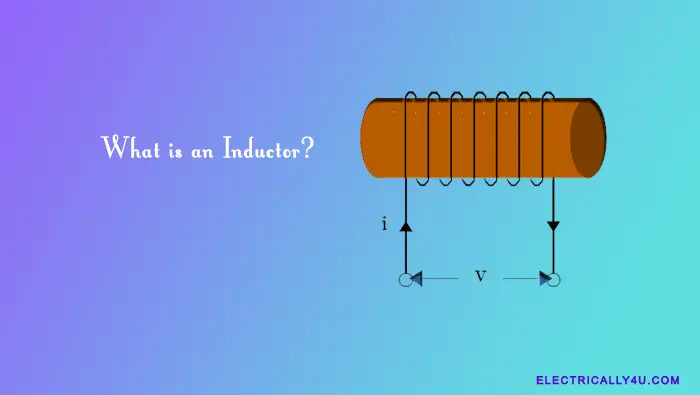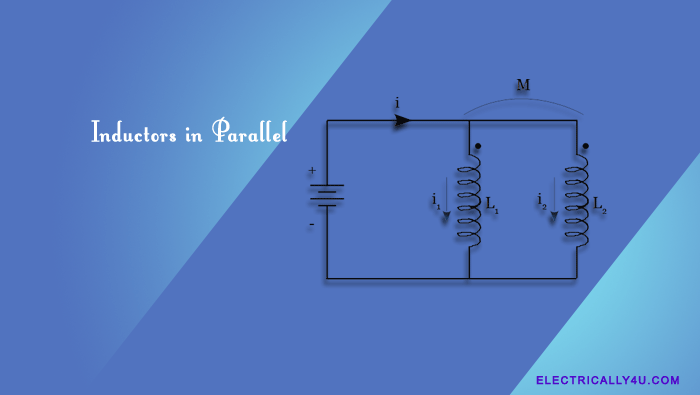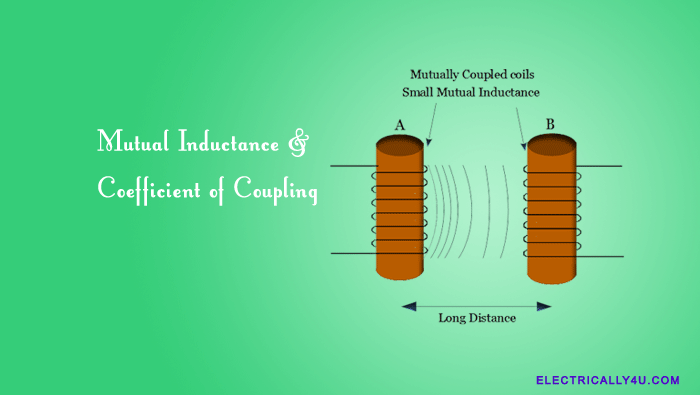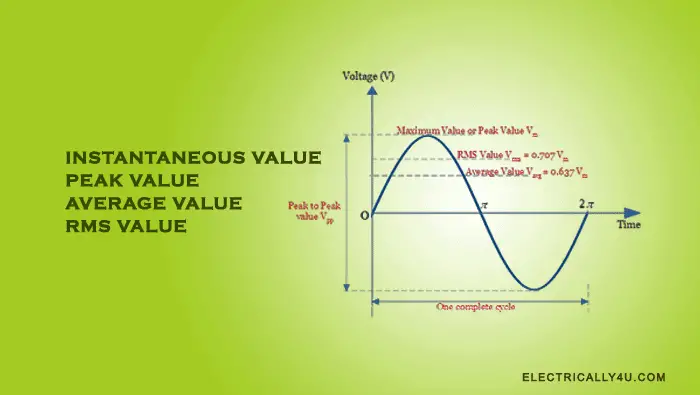Basic Terms in Electric Circuits | Types of networks

An Electric circuit is a combination of different interconnected elements like a voltage source, current source, resistor, capacitor, inductor, etc.
When there is a closed path in an electric circuit, then there will be a flow of current. While forming the closed path in an electric circuit, there comes the three terms node, branch and loop.
Node
A point at which two or more circuit elements are joined together is called a node. It can also be stated as the junction point of two or more elements in a circuit. Hence the node is also called a junction.
In the below circuit, black dots represent the nodes of the electric circuit. If there are no element between two adjacent nodes, then both can be merged into a single node.

In the given circuit, there is no element between the adjacent nodes, ‘Node 2’ and ‘Node 3’, hence both can be merged into a single node.
Similarly, at the bottom side, there is no element between any of the adjacent nodes and hence all the bottom nodes can be merged into a single node.
Branch
The circuit elements like sources, resistor, inductor, capacitor, etc., that is connected in between two nodes constitute a branch. A branch may have one or more components connected in series.

In the above circuit, the branches are shown. As you can observe, the circuit elements or components connected between two node(black dots) is called a branch.
Loop
Any closed path of an electric circuit is called a loop. A loop starts from a node, may traverse through different nodes and end at the starting node without crossing any node twice.
In the below example, the different loops are shown for your reference.

Electrical Network
Any interconnection of electric circuit elements or components is called as networks. There are different types of network like lumped network, distributed network, linear network, active and passive network.
Lumped network
The transmission line is a good example of a lumped network, which has a built in resistance, inductance and capacitance, for every tiny fraction of the length. These circuit components can be physically separable. In fact, most of the electrical networks are lumped in nature.
Distributed network
In distributed network, the circuit elements like resistance, inductance and capacitance cannot be physically separated and are distributed in an electrical network.
Linear network
In a linear network, the circuit elements like resistance, inductance and capacitance are constant irrespective of the change in time, temperature, voltage or current.
For such networks, a constant coefficient exists between the voltage and current. For example, the relation between the voltage and current for a resistor element is given by V = RI. In this, the voltage is proportional to the current, keeping the resistance constant.
Non-Linear Network
If the circuit elements like resistance, inductance and capacitance change their value with the change in time, temperature, voltage or current, then it is said to be a non-linear network.
For such networks, Ohm’s law cannot be applied as in linear networks. A circuit with a diode can be an example of a non-linear network because the characteristics change with the temperature.
Bilateral network
If the relation between the voltage and the current does not change in either direction of the electrical network, then it is said to be a bilateral network.
For such a network, the behavior or the characteristics remain the same, even when the direction of current is reversed through the circuit components.
Transmission line is the best example of bilateral network, because the property of the network does not change, when the power flows in either direction.
Active and passive network
A network consisting of passive elements only such as resistors, capacitors and inductors in known as passive network. A passive elements is an electrical component that does not generate power, instead dissipates or stores it.
A network consisting of active elements such as op-amps, transistors, along with other elements is called an active network. An active elements is an electronic component that supplies energy to a circuit.






